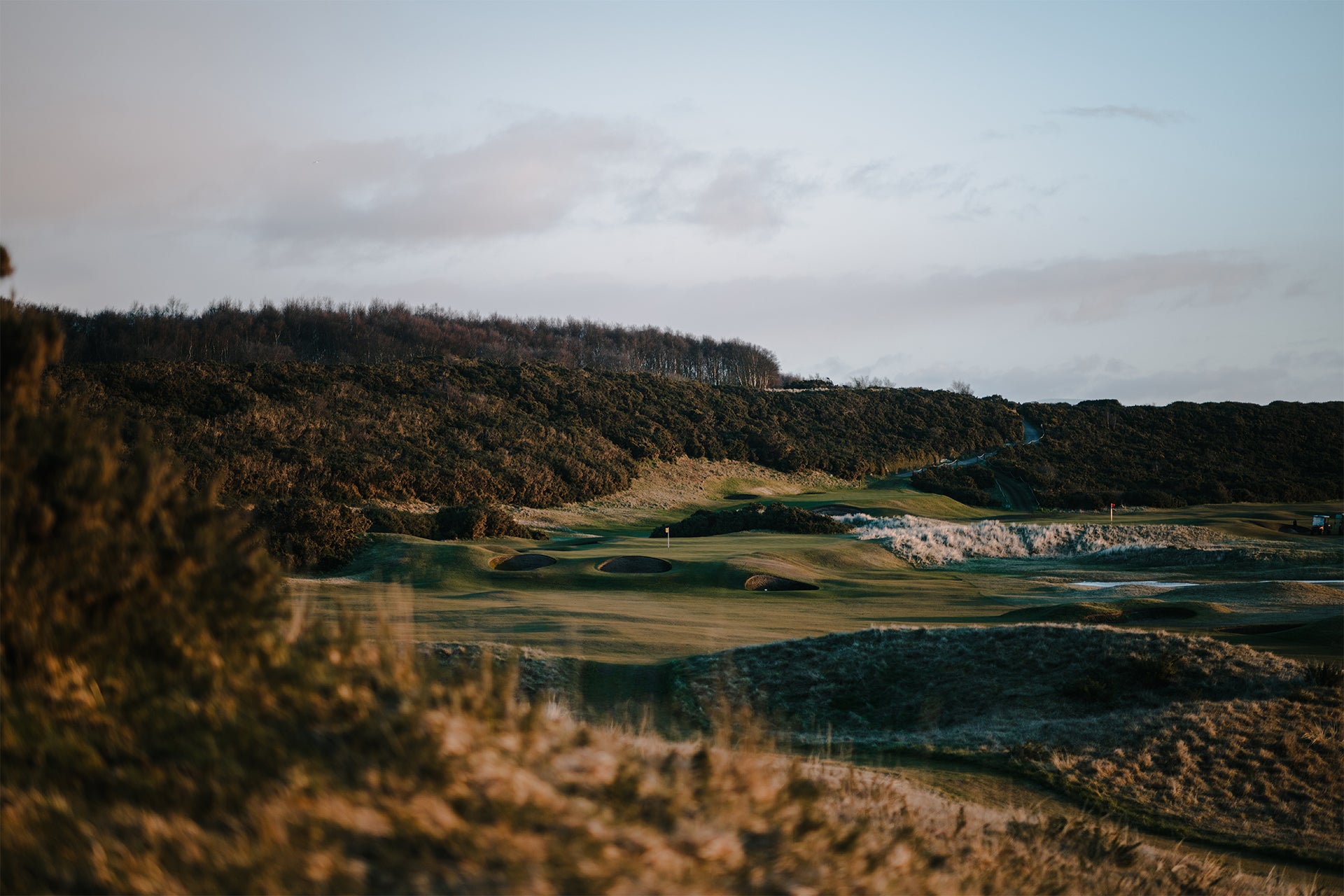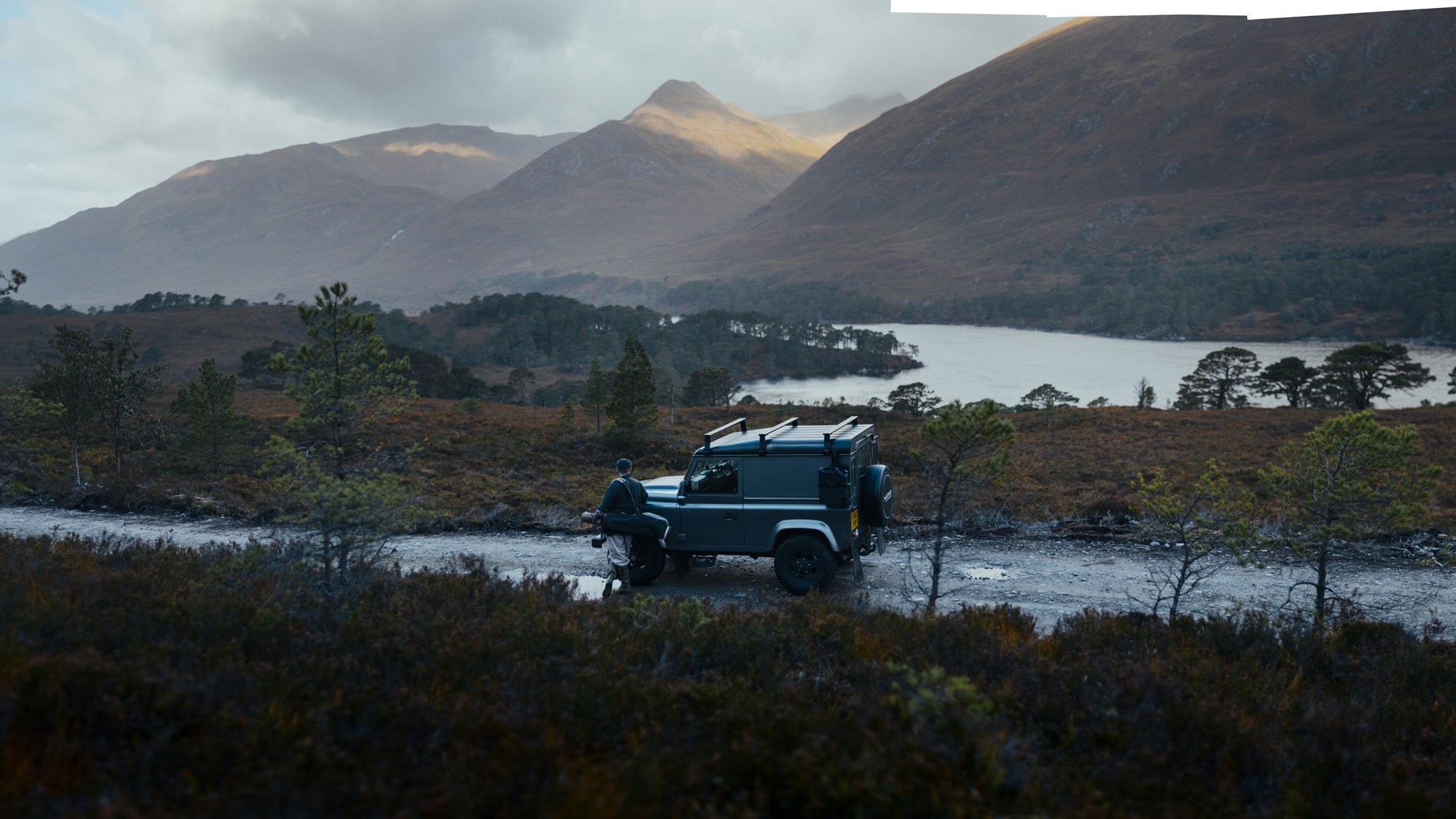The Golfing Sons of The Highlands
Those that shaped the game.

In the far north, where dunes lean into the firth and the sea carries its own salt across the wind, golf isn’t learned so much as absorbed.
It’s part of the rhythm here — days shaped by weather, stretched by light.From this ground came men and voices who carried the game outward — across borders, oceans, and years.
The "Wee Scot" of Grantown-on-Spey
Bobby Cruickshank
Born on 16 November 1894 in Grantown-on-Spey, Robert Allan Cruickshank — known everywhere as the "Wee Scot" or “Wee Bobby” — learned the game among pine and heather, a boy of small frame but fierce spirit. He caddied on the local links, copying the swings of older men until the rhythm felt part of him.War took him from that rhythm.
He served in the First World War, was captured, escaped captivity, and returned home with the same grit that would later carry him through golf’s fiercest contests. His brother John was killed in the trenches — a loss that shadowed his life but seemed to deepen his resolve.


Cruickshank’s small stature belied a magnetic presence. He moved easily among film stars, royalty, and the greats of the American game, yet his accent, humour, and heart remained Highland.
His stories, even in the glamour of New York or California, often turned back to Grantown, to the smell of turf and pine, to the wind that had taught him to shape a shot.Today, that same town keeps his memory alive through the Bobby Cruickshank Hickory Experience — an homage to the soldier, showman, and craftsman who carried the Highlands to the world and left its wind in every swing.

The Architect From Dornoch
Donald Ross
Of course, the most famous — and almost inevitable — name among the golfing sons of the Highlands is Donald Ross. Born in Dornoch on 23 November 1872, the son of a stonemason, Ross learned his craft on the links at Royal Dornoch, apprenticing as a greenkeeper and clubmaker under Old Tom Morris.
The land itself became his teacher — the tilt of a fairway, the way wind shapes a green, the patience needed to work with, not against, the ground.

In 1899 he set sail for America, carrying with him that quiet Highland understanding of restraint and rhythm. There he designed or remodelled more thanfour hundred courses, including Pinehurst No. 2 — a masterpiece shaped by natural movement rather than machine or map. Ross carried the Highlands with him in every line he drew: honest contours, subtle slopes, and an instinct for balance born of Dornoch’s dunes.



He died in Pinehurst in 1948, but his work endures — the Highlands transposed into sand and soil across a new continent. His inclusion here is expected, yet essential; every other story that follows lives, in some small way, in his shadow

The Keeper of Dornoch
John Sutherland
Whilst Ross and Cruickshank went westward, Sutherland anchored the north.
Appointed secretary of Royal Dornoch Golf Club in 1883 at only nineteen, he would hold that post for nearly sixty years, guiding the club and the course through the turn of a century and into golf’s modern age.

A meticulous organiser and a man of quiet conviction, Sutherland shaped Dornoch with patience rather than flourish. He oversaw its Royal designation in 1906, stewarded its course improvements, and opened the door to visitors who would go on to call it the purest of all links.
His influence extended beyond the dunes — he served also as Town Clerk of Dornoch, entwining the fortunes of the club with those of the town itself.


But Sutherland’s greatest contribution lay in his voice. Through his Golf Causerie columns in The Daily News of London, he chronicled the game’s early decades — its craft, its customs, its wanderers.
He travelled to America in 1909, played Chevy Chase and Merion, and wrote shrewdly of their growing courses, always measuring them against the quiet standard of home.

Where Ross exported design and Cruickshank exported flair, Sutherland exported the idea of Dornoch itself — a northern cathedral of the game, both austere and alive.
He tended it not as a possession but as a promise, ensuring that the Highlands would always have a place in the story of golf.




Introducing
The Shooters Club
Inspired by the iconic sporting lodges of the Scottish Highlands





















